Klantenservice
Copyright © 2025 Desertcart Holdings Limited
Desert Online General Trading LLC
Dubai, United Arab Emirates


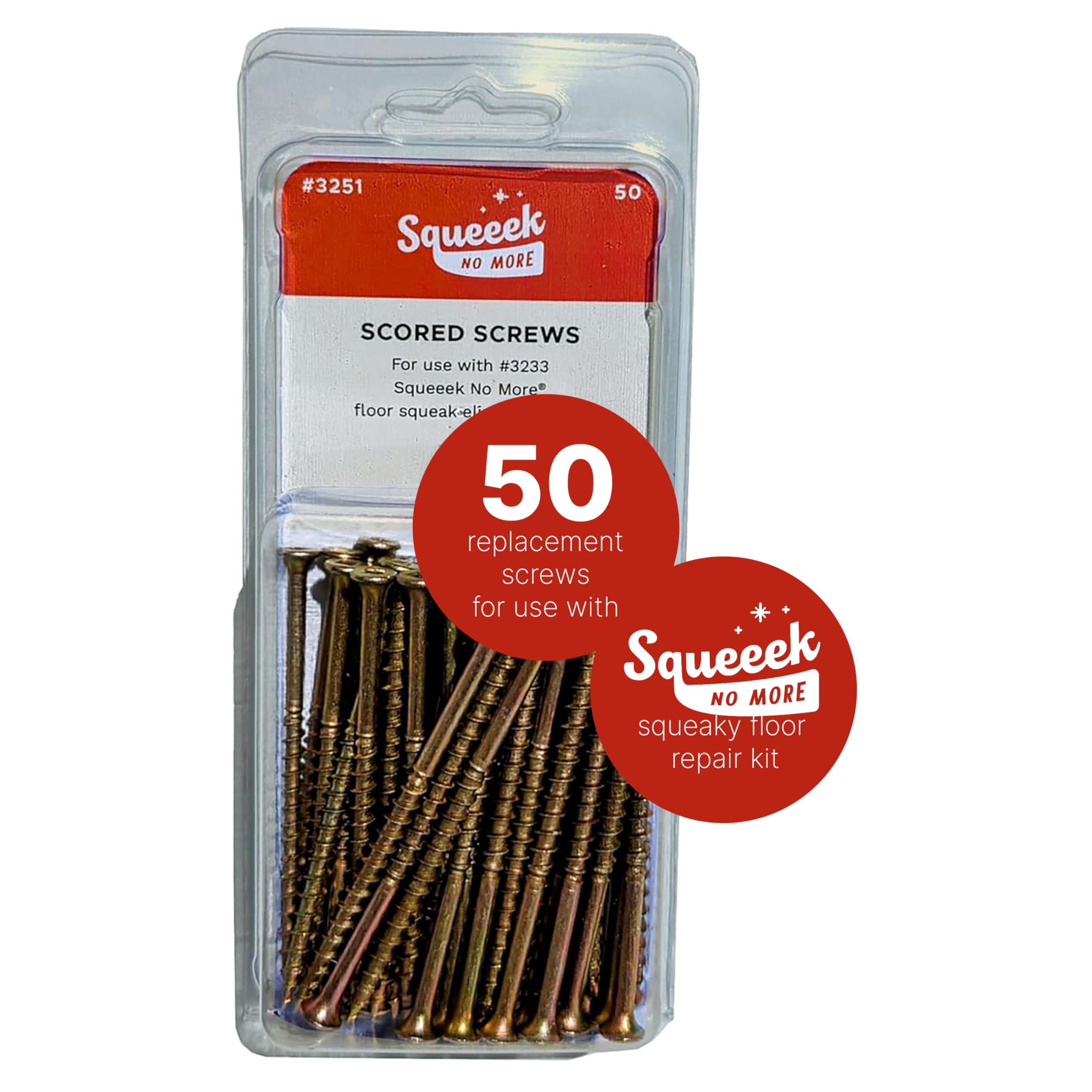

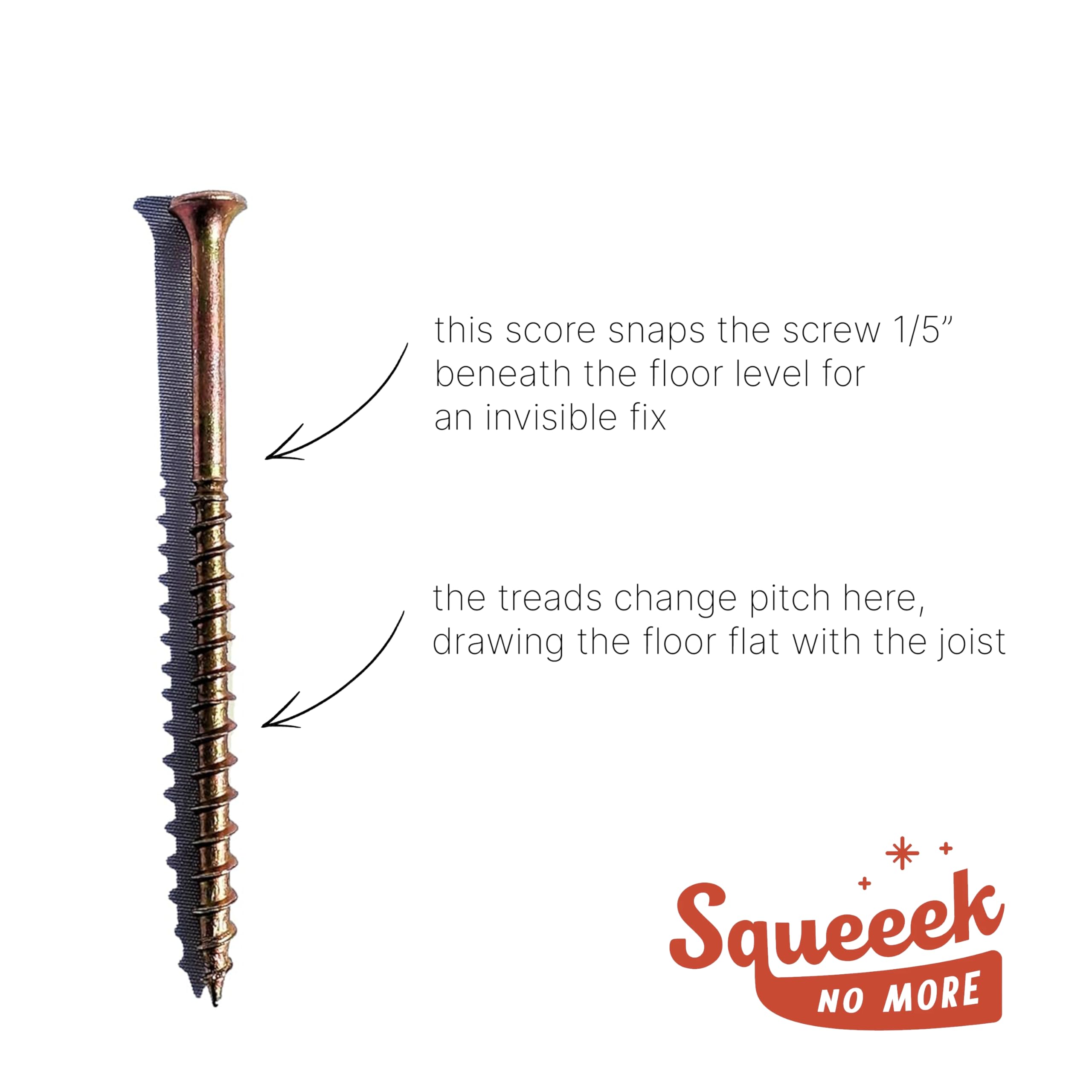
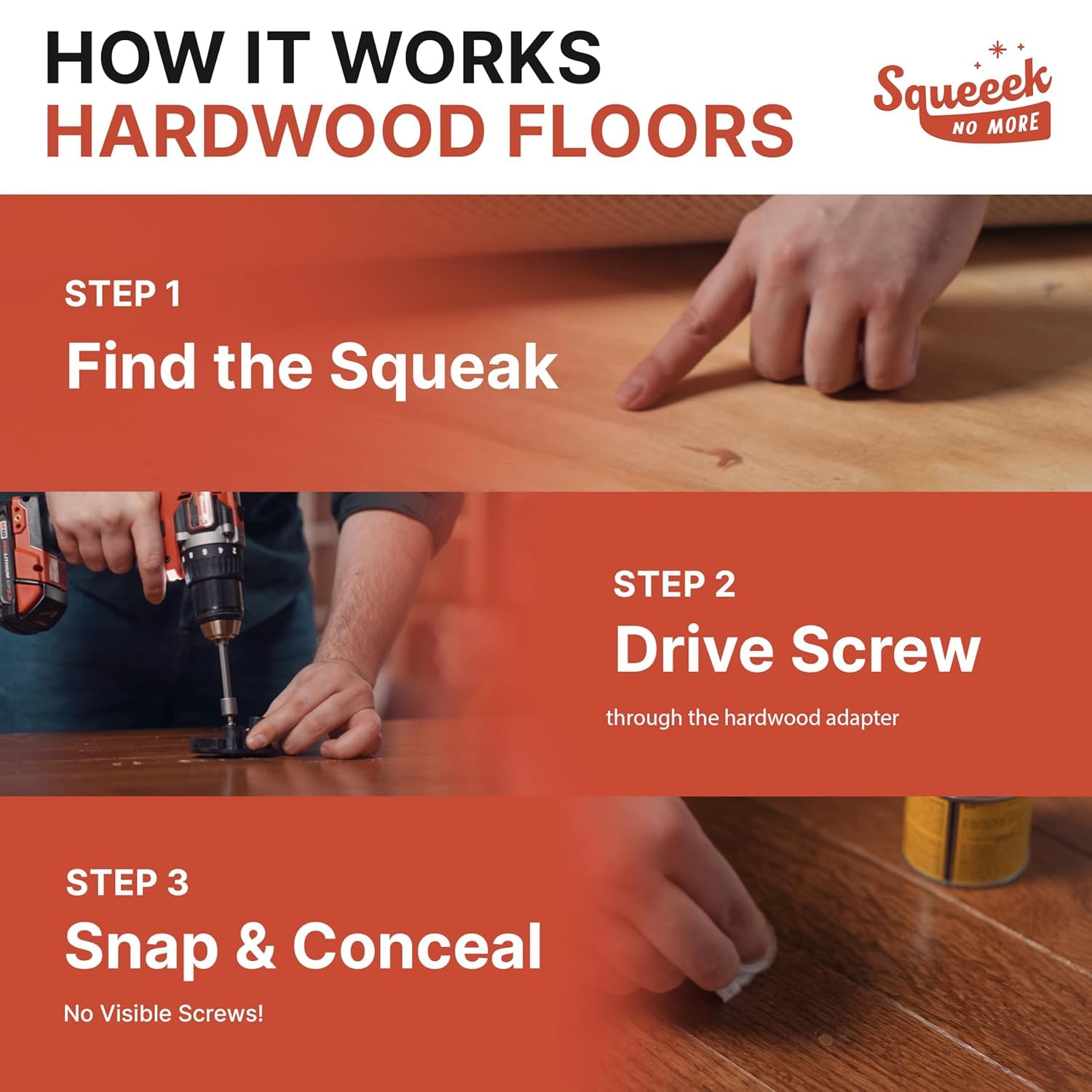
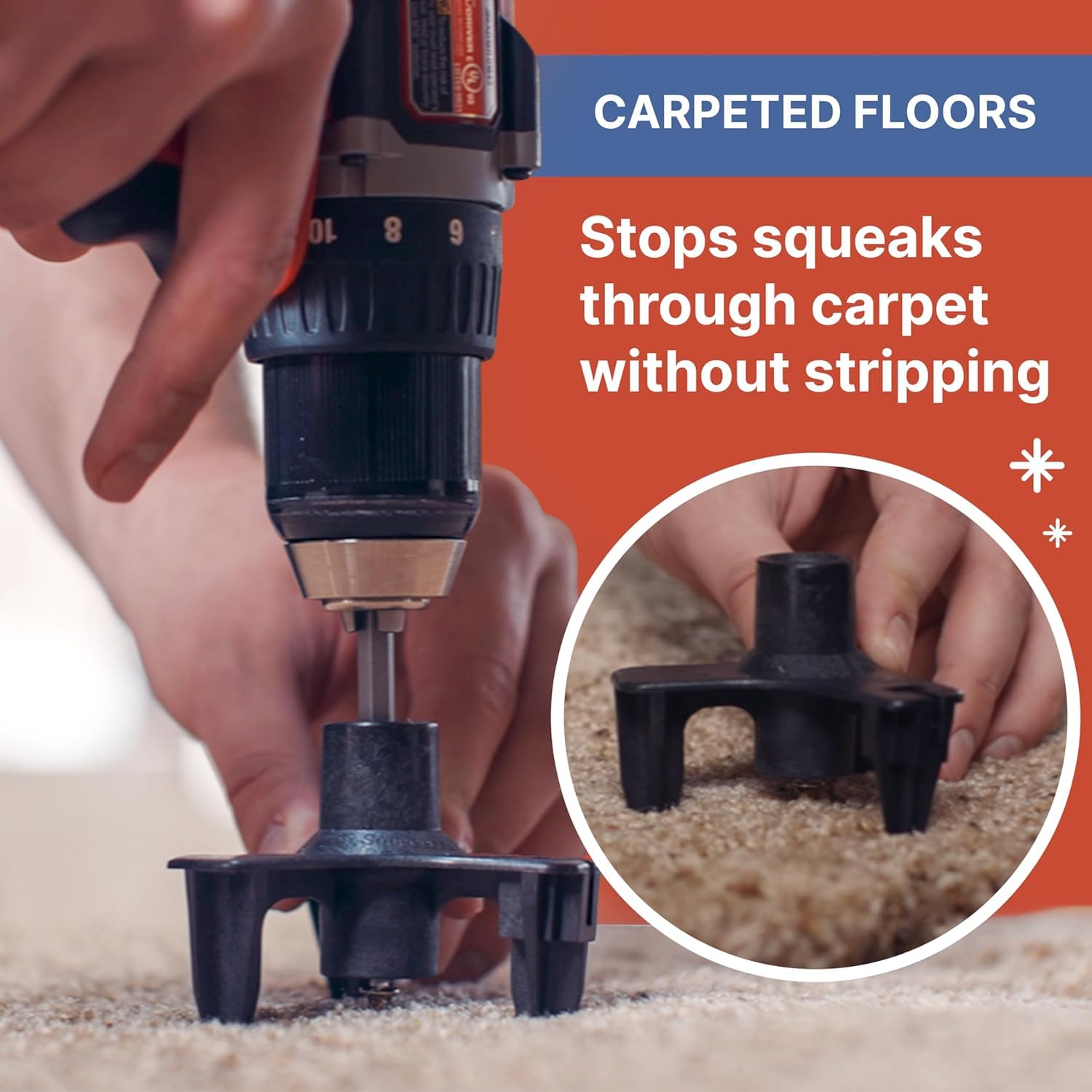
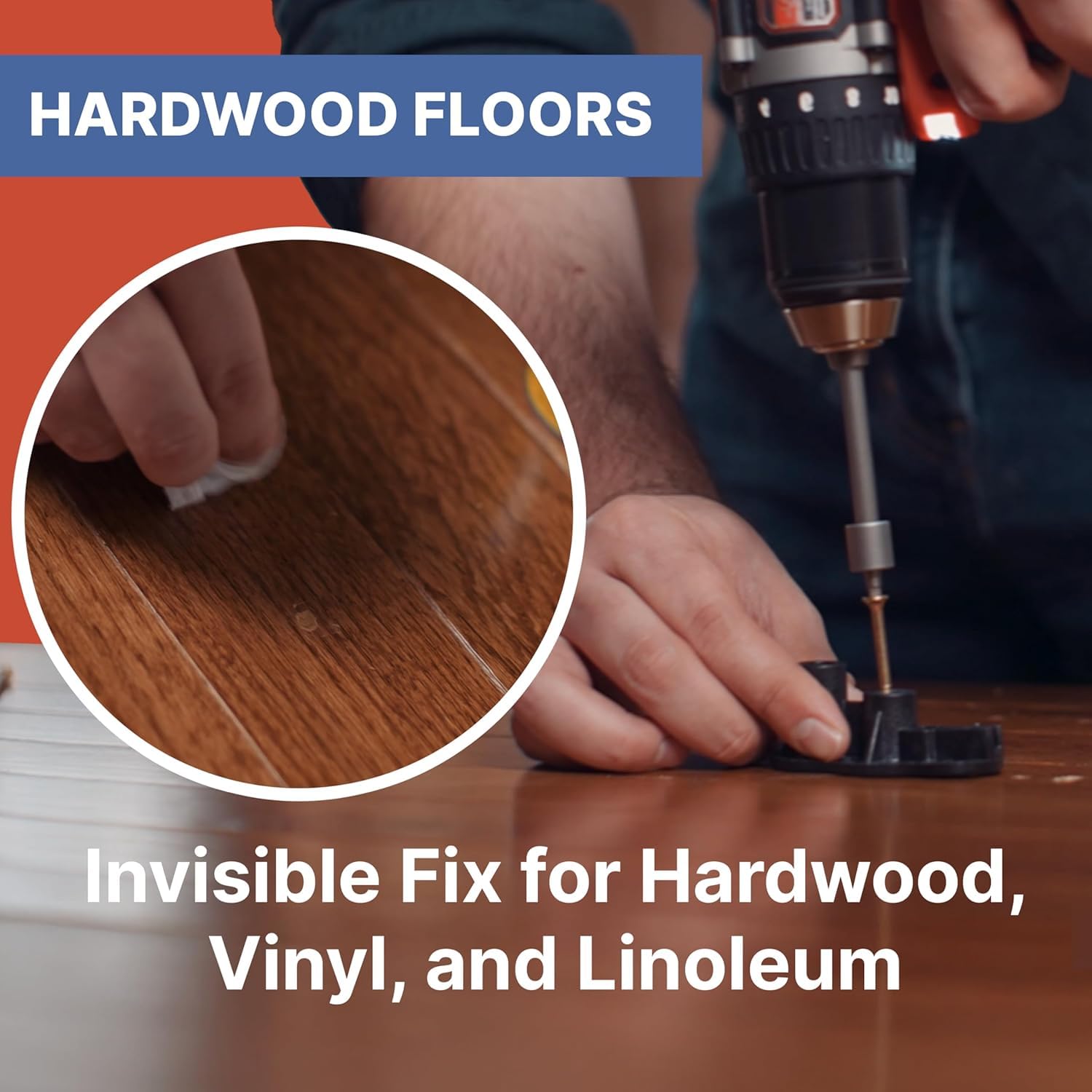
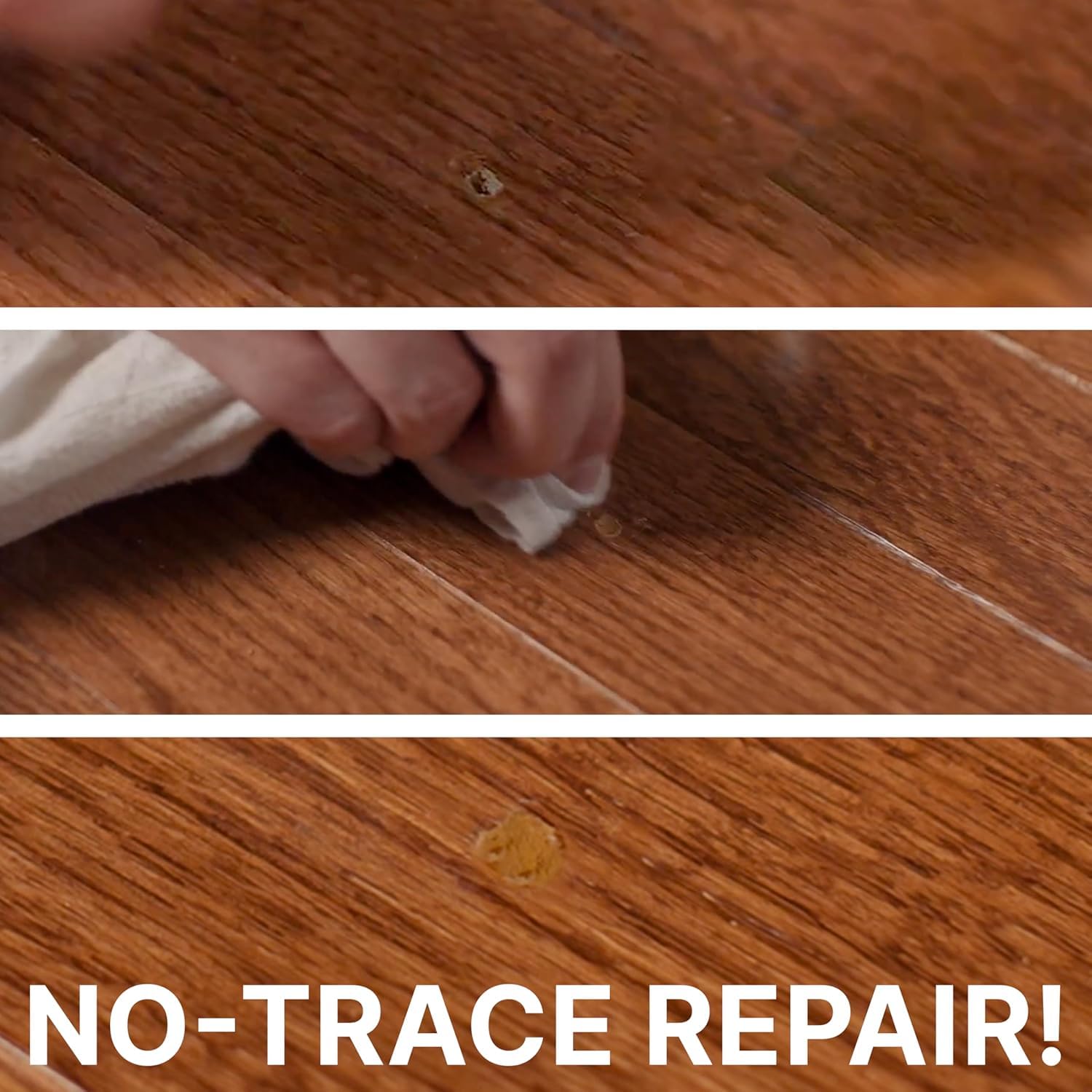

🔧 Silence the squeak, not your style.
O'BERRY Enterprises 3251 Squeak Replacement Screws are precision-engineered, zinc-plated steel fasteners designed to work exclusively with the SQUEEEK NO MORE kit. Each screw snaps 1/4 inch below the floor surface for an invisible, damage-free repair on all floor types, making squeaky floors a thing of the past with professional-grade durability and ease.
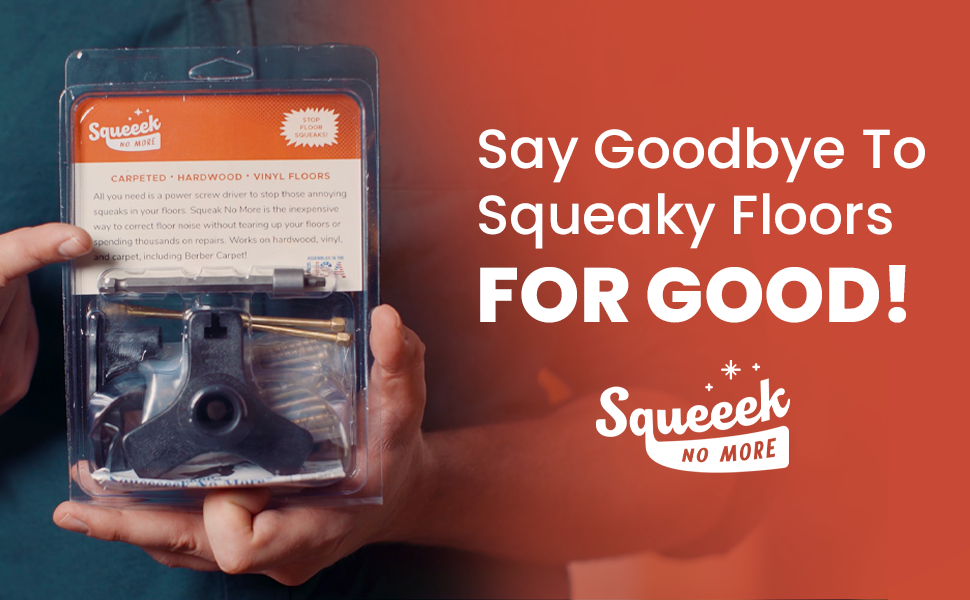
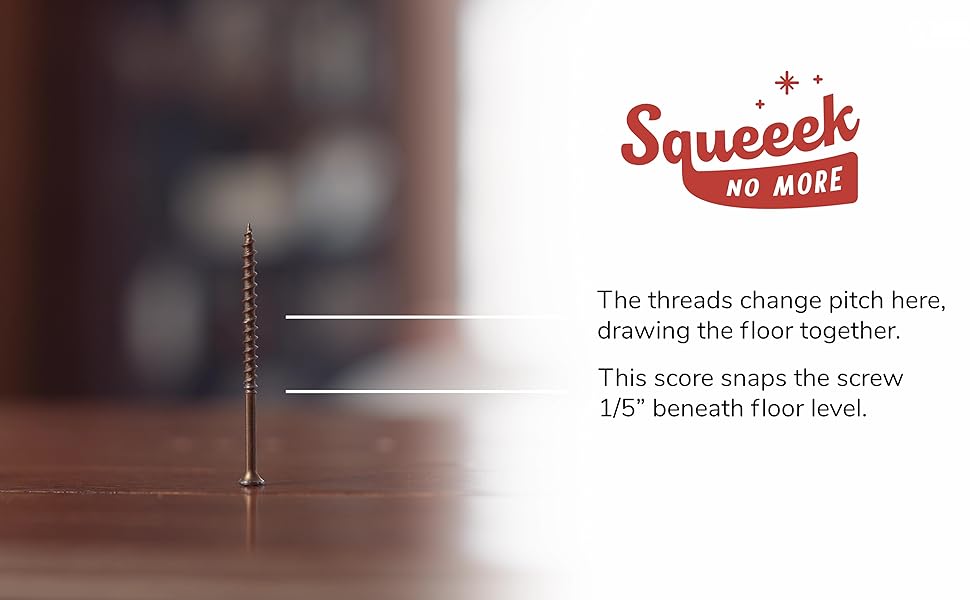
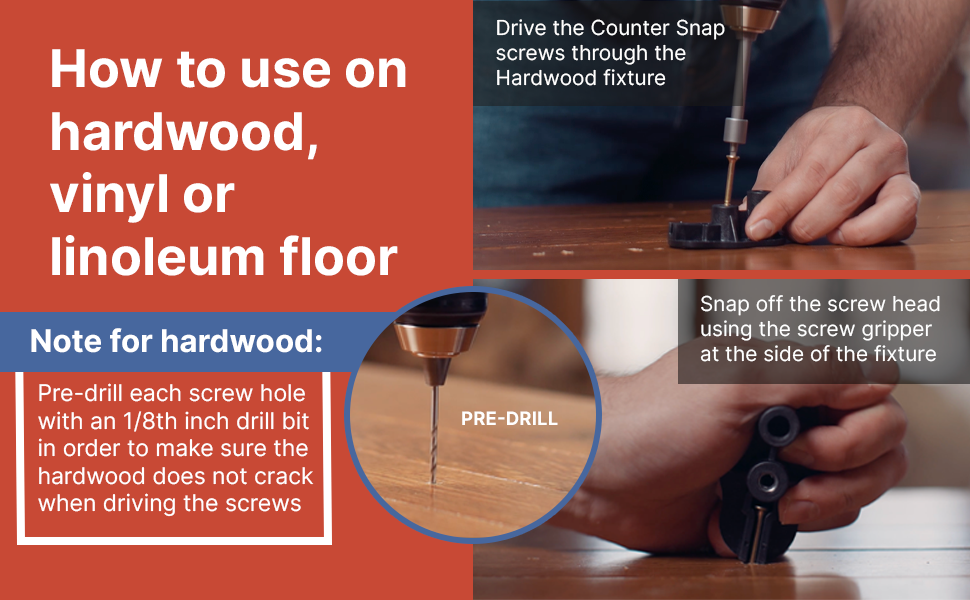
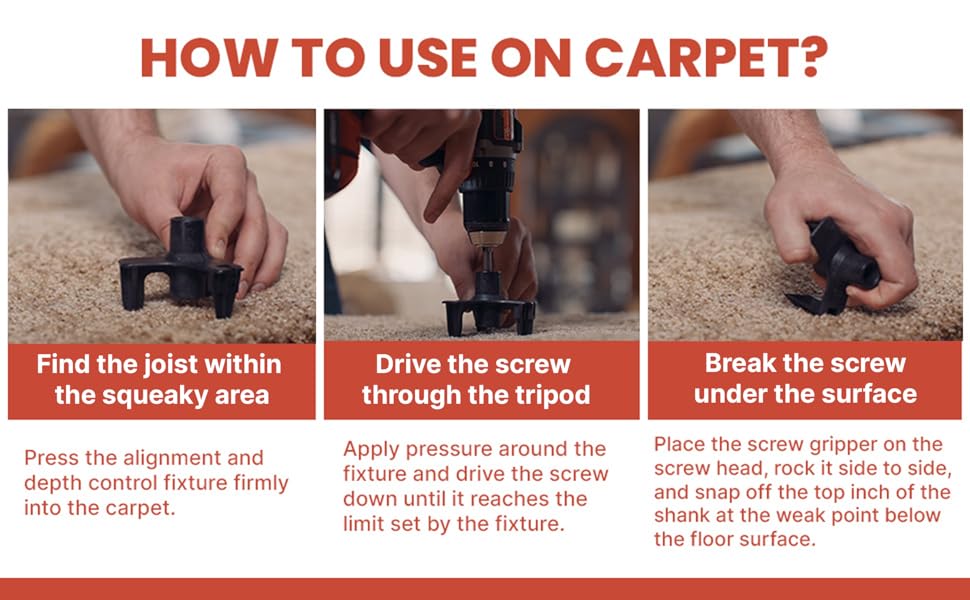
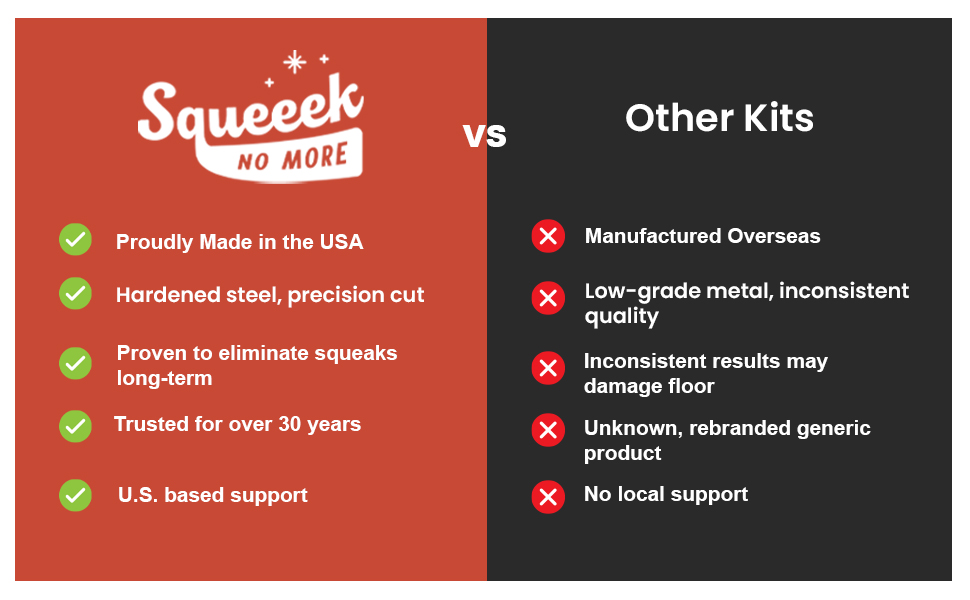
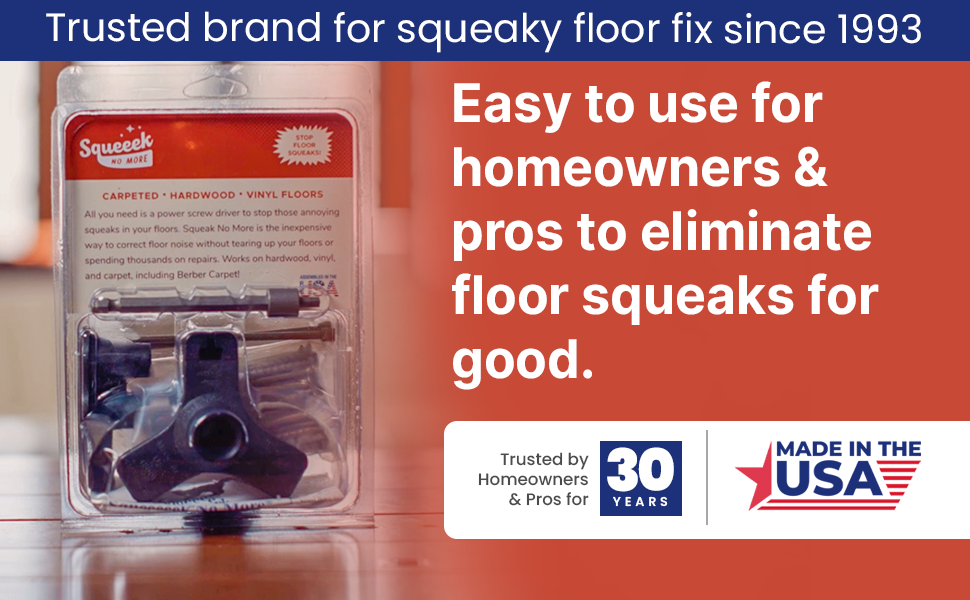
| Material | Steel |
| Drive System | Double Square |
| Head Style | Square |
| Item Dimensions LxWxH | 7 x 3 x 1 inches |
| Exterior Finish | Coated |
| Thread Size | #00-90 |
| Metal Type | Stainless Steel |
| Brand | O'Berry Enterprises |
| Color | Yellow |
| Item Weight | 0.01 Ounces |
| Thread Coverage | Fully Threaded |
| Fastener Type | snap |
| Thread Style | Left Hand |
| Size | Pack of 1 |
| Manufacturer | Standard Plumbing Supply |
| Part Number | 3251 |
| Item Weight | 0.01 ounces |
| Product Dimensions | 7 x 3 x 1 inches |
| Item model number | 3251 |
| Is Discontinued By Manufacturer | No |
| Finish | Zinc Plated |
| Item Package Quantity | 1 |
| Measurement System | Imperial |
| Usage | Wood |
| Included Components | wood-screws |
| Batteries Included? | No |
| Batteries Required? | No |
| Warranty Description | Warranty |
Trustpilot
1 dag geleden
1 maand geleden